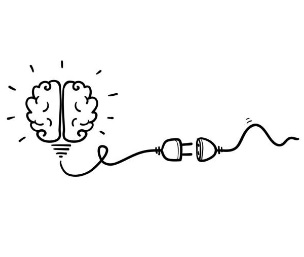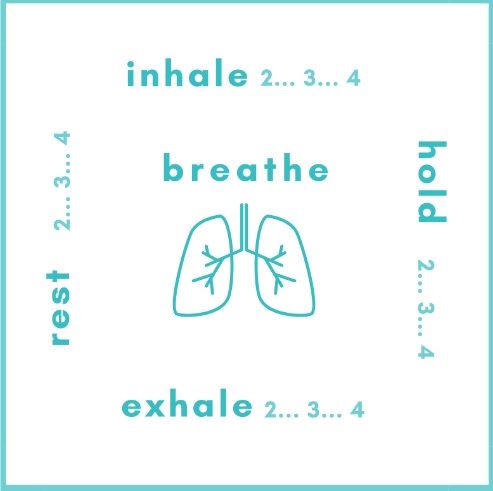Using Mindfulness to Combat Burnout
Maegan Bradshaw, May 15, 2023
What is Mindfulness?
Mindfulness is the practice of being present and fully engaged in the current moment, without judgment. It involves paying attention to our thoughts, feelings, physical sensations, and surroundings with curiosity and acceptance. We will explore a few ways that mindfulness can combat burnout, but how do you practice it?
Mindfulness is often associated with meditation, but you can practice it in various ways. For example, breathing exercises, exploring curiosity, exercising self-awareness, or simply focusing attention on the present moment while engaging in everyday activities are all practices to relax the mind and body.

How Can Mindfulness Help with Burnout?
When you're experiencing burnout, it's easy to become overwhelmed and lose sight of what's important. Mindfulness can help you become more aware of your thoughts and feelings, which can help you identify the source of your stress. By recognizing your stress triggers, you can take steps to reduce your workload or prioritize your tasks, making you feel more in control.
Here are just a few ways incorporating practicing mindfulness in your workday can be beneficial:
- Reducing Stress: Mindfulness can help you to become more aware of your thoughts and emotions, allowing you to recognize and manage stress more effectively.
- Increasing Resilience: Mindfulness can help individuals build resilience (the ability to adapt and bounce back from difficult situations.)
- Improving Focus: Mindfulness can improve focus and concentration, making you more productive and efficient.
- Enhancing Well-Being: Mindfulness can improve overall well-being by reducing negative emotions and increasing positive ones, such as gratitude and compassion.
How Can You Practice Mindfulness at Work?
Embodying mindfulness into your workday doesn't have to take much time. By taking a few moments throughout the day to practice mindfulness, you can reduce stress, increase productivity, and improve your overall well-being.
Here are some ways you can practice mindfulness at work:
- Take mindful breaks: Take short breaks throughout the day to check in with yourself. Take a few deep breaths, stretch your body, or take a short walk to clear your mind (and remember to turn off your notifications!)
- Focus on your senses: When you're feeling overwhelmed, take a few minutes to focus on your senses. Take note of what you see, hear, smell, taste, and feel.
- Practice gratitude: Take time to acknowledge the things you're grateful for at work. This can help shift your focus away from negative thoughts and increase positive emotions.
- Single-task: Instead of multitasking, try focusing on one task at a time. This can help you stay present and focused on the task at hand.
- Mindful communication: When communicating with colleagues, practice active listening and engage in meaningful conversations. This can help build stronger relationships and reduce misunderstandings.
- Mindful breathing: Take a few minutes to focus on your breath. Slowly inhale through your nose and exhale through your mouth (or practice box breathing. *) This can help give your mind a reset.
- Mindful eating: Take your lunch! When eating at work, take time to savor your food and enjoy the experience. This can help you be more present and mindful during your workday.
- Mindful commuting: Use your commute to/from work to decompress and enjoy your individual time in the present. Avoid mind wandering, reminiscing over the day, or planning for the day ahead. Instead, practice tuning into your experience; take in the sights, colors, sky, or nature around you.
Burnout is something most of us will experience sometime in our careers. Actively recognizing the signs and taking steps to promote our overall mental health is critical. Remember to take mindfulness beyond just the yoga mat and embrace it throughout your days; the goal is thriving, not just surviving!
*Here at Raft, we take a moment to pause and practice box breathing at the beginning of each workshop. Give yourself permission to take a moment to calm your mind and your nervous system with box breathing. Here’s a step, by step:
- Breathe out slowly, releasing all the air from your lungs.
- Breathe in through your nose as you slowly count to four in your head. ...
- Hold your breath for a count of four.
- Exhale for another count of four.
- Hold your breath again for a count of four.
- Repeat for three to four rounds.

If you're interested in trying a guided mindfulness meditation. Follow the link below to a RAFT podcast where our founder, Indrani, will guide you through a body scan meditation.








